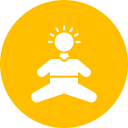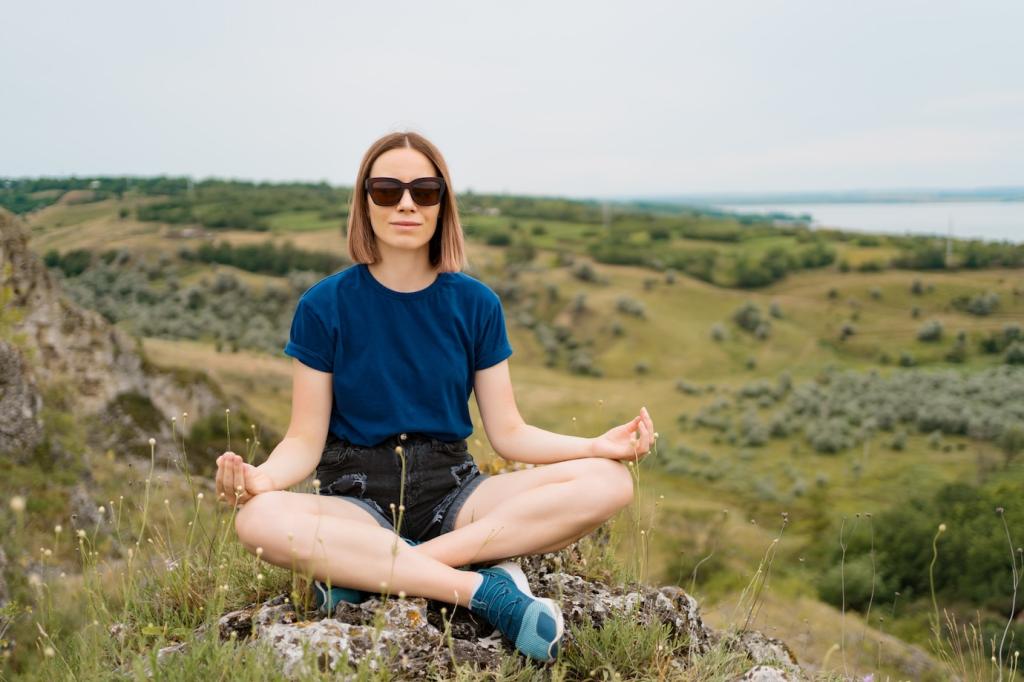Working with Thoughts and Emotions
When you notice thinking, softly label it “thinking,” then return to the breath. If it is planning or replaying, label it precisely. Each gentle return is a repetition that strengthens attention, just like a muscle grows through practice.
Working with Thoughts and Emotions
Speak to yourself as you would to a dear friend: warm, encouraging, and realistic. Perfection is not the goal—coming back is. Share a line of self-talk that helps you stay kind in the comments to inspire someone else.






